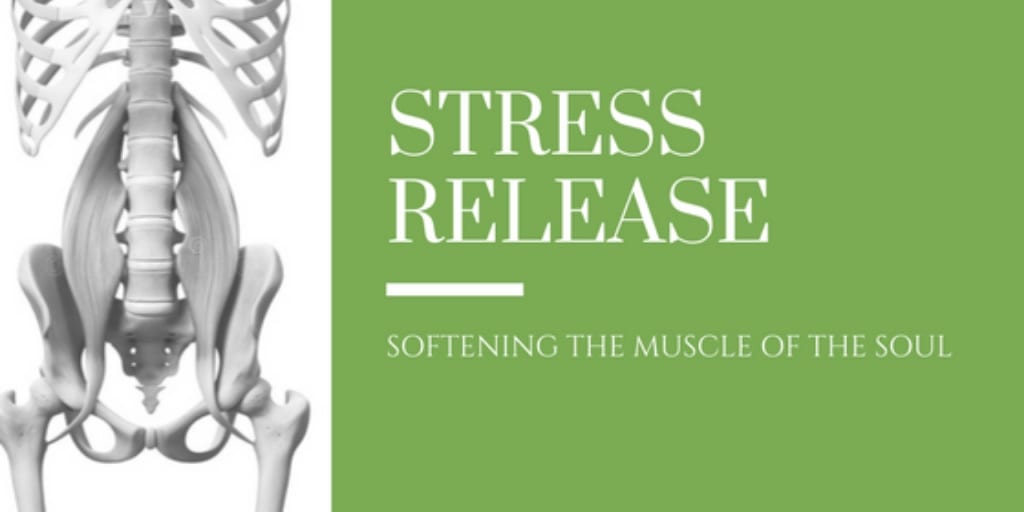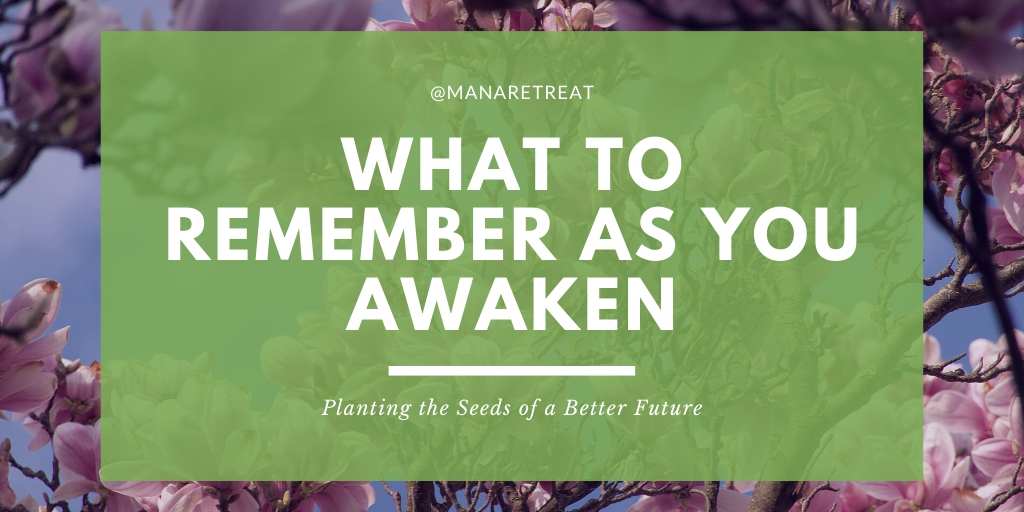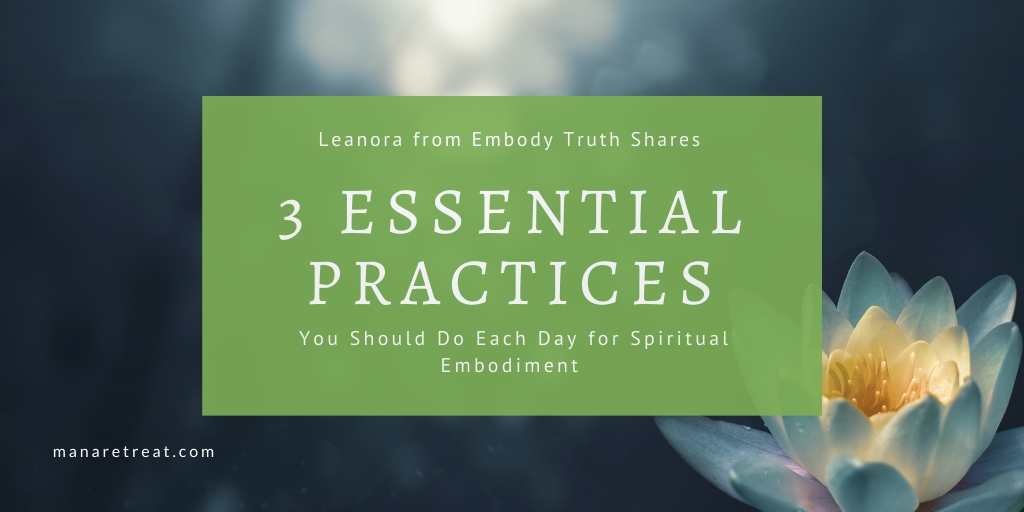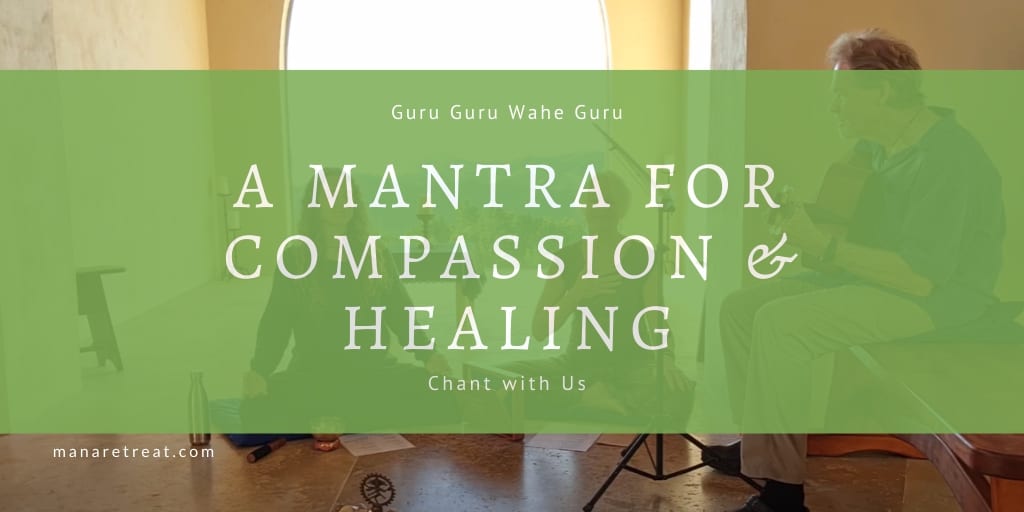Taking Time to Unlock the 'Muscle of the Soul'
Do you spend much time sitting in front of a computer, on a plane or in a car? If so your hips may be locked up which effects your ability to dance, but worst than that it may be causing you undue stress and fear. The Psoas muscle, is a long muscle located on the side of the lumbar region of the vertebral column and brim of the pelvis, that is also known at the ‘muslce of the soul’.
It is one of the largest muscles in the body and it is a place where we often store stress or trauma that can literally influence our mood and our outlook on life. We recently explored in depth just how much fear can inhibit our ability to think clearly thus creating an unhealthy perspective that can harm us and those around us. Now let’s look at where that fear might be stored in our body, and a few ways to release it.
In humans, the extremes of the two polarities might appropriately be described as LOVE (+) and FEAR (- ). Love fuels growth. In contrast, fear stunts growth. – Bruce Lipton, Ph.D.

How built up stress makes us easy to manipulate
Being in a state of fear allows us to be easily manipulated. Advertisers and politicians have learned to capitalize on this biological aspect of humans also known as the lizard brain. Unfortunately our fast-paced lifestyles (mentally), combined with our relatively stagnate physical activity (driving, working at computer, etc.) causes our bodies to be ineffective at releasing built up stress which manifests in our thoughts as fear or anxiety.
Lizard brain refers to the oldest part of the brain, the brain stem, responsible for primitive survival instincts such as aggression and fear (flight or fight) – Joseph Troncale M.D., Psychology Today
Where is a majority of the stress stored?
It is often stored in one of the largest muscles in our body, the psoas. This muscle stretches from our lower trunk through our hips into the top of our thighs, it is used for core stability and the fight-flight reflex. Every time we see something that startles us (real or perceived threat) like an animal crossing the road while we drive, or a violent scene in a movie, our brain sends signals our body to respond by releasing epinephrine (adrenaline).
The muscle that is most central to our fight/flight response is the psoas. When we don’t respond, these stress hormones go unspent and become stored in the body. This can bring many health problems including insomnia, lowered immune system, anxiety, eating disorders, depression, and living in a constant state of fear or alert.
Because the psoas is so intimately involved in such basic physical and emotional reactions, a chronically tightened psoas continually signals your body that you’re in danger, eventually exhausting the adrenal glands and depleting the immune system. As you learn to approach the world without this chronic tension, psoas awareness can open the door to a more sensitive attunement to your body’s inner signals about safety and danger, and to a greater sense of inner peace. – Liz Koch, Author of The Psoas Book
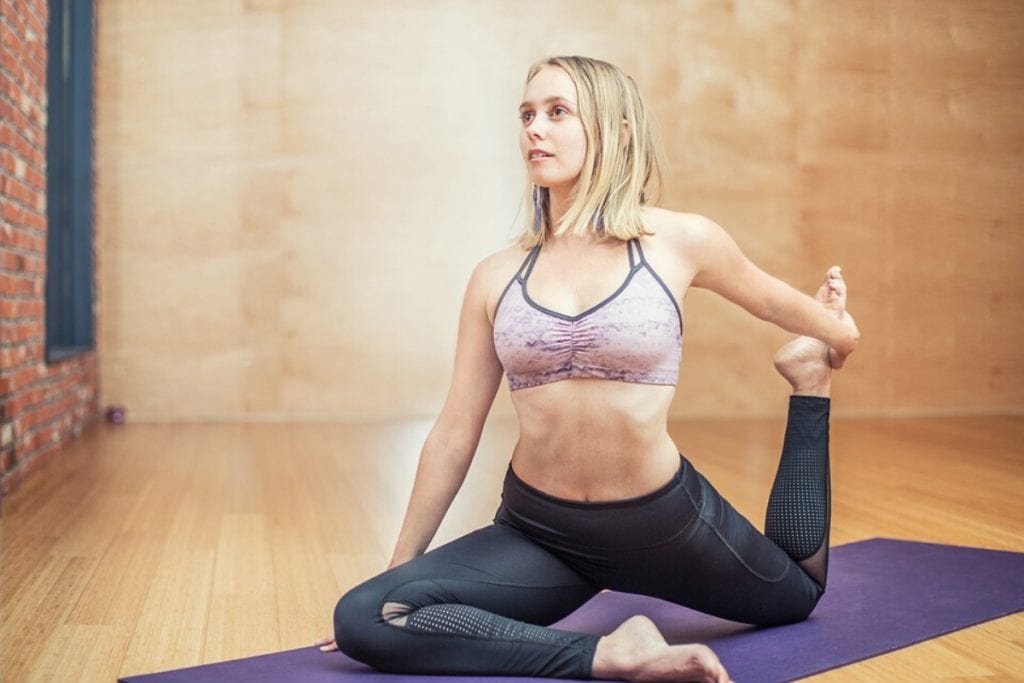
Therapeutic Approach
Since stress accumulates on an unconscious level, healing our bodies is a process that must happen consciously. There is no single way to do this, it requires gradual lifestyle changes and a daily practice. Craniosacral Therapy is powerful because it helps teach our body how to relax into a parasympathetic state which relaxes the nervous system. This gentle and non-invasive approach helps us bring awareness to and melt away the stress stored within us.
To work with the psoas is not to try to control the muscle, but to cultivate the awareness necessary for sensing its messages. This involves making a conscious choice to become somatically aware. – Liz Koch, Author of The Psoas Book
Yoga and Personal Practice
The best doctor is already within you. There is no replacement for cultivating a practice that heals, replenishes, and relaxes you from the in-side, out. There are numerous yoga poses that can help you on your journey of releasing this stress, anxiety, and fear stored within your psoas. Yoga calls this “the muscle of the soul” so any focus here is sure to give great results to your overall well-being.
We are all a big fan of Yoga with Adriane and we love this 22 minute psoas yoga sequence that she offers on youtube.
If you spend as much time stretching your psoas muscle every day as you just did reading this article, you will notice some big changes in your life. First you may begin catching a lot of attention on the dance floor, but more importantly you will loosen your mind from the grips of fear and anxiety. It comes down to a conscious choice to live in trust and love instead of fear and anxiety, and that choice has to be followed by real-world action. It all starts within!
Written by: Jacob Devaney
Source: Uplift Connect

